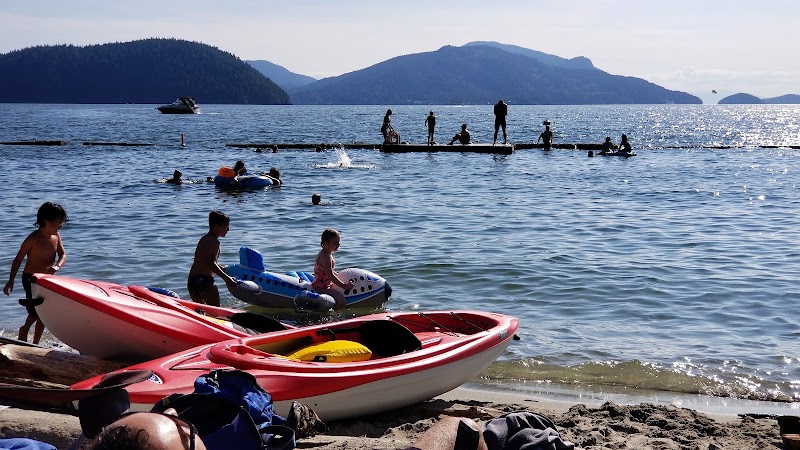
Roberts Creek Ecological Reserve Adventures
Roberts Creek Ecological Reserve protects coastal Douglas-fir forest and rare ecosystems along the Sunshine Coast of British Columbia, offering limited but rewarding outdoor experiences for nature enthusiasts and conservation advocates.
About Roberts Creek Ecological Reserve

Roberts Creek Ecological Reserve is located on the southern Sunshine Coast of British Columbia, Canada, near the small community of Roberts Creek. Established in 1971, the reserve encompasses approximately 214 hectares (about 529 acres) of protected land primarily made up of second-growth coastal Douglas-fir forest, with pockets of old-growth species. The reserve preserves several sensitive ecosystems including rare Garry oak meadows, riparian zones, and unique wetland habitats. Its diverse topography features low rolling hills, small streams, and rocky outcrops that contribute to the biodiversity supported within its boundaries. While Roberts Creek Ecological Reserve is designated for scientific research, education, and conservation, and typically restricts intensive recreational activity, visitors can explore a limited number of informal footpaths to observe the native flora and birdlife. This area is essential for protecting some of the most endangered ecosystems in British Columbia, notably the coastal Douglas-fir forests which are among Canada’s rarest forest types. The reserve is a key breeding and habitat area for species such as the banana slug, several rare butterflies, and bird species like the chestnut-backed chickadee and varied thrush. The proximity of Roberts Creek Ecological Reserve to the town of Roberts Creek offers visitors approachable access to nature in a quiet, protected setting without the noise of heavy tourism. Those interested in botany, ornithology, or ecological research will find the reserve particularly rewarding. Due to its strict protected status, it is important for visitors to respect guidelines that limit activities to avoid disturbance to the fragile environment.
Highlights
Rare coastal Douglas-fir forest ecosystem with pockets of old growth
Garry oak meadows providing habitat for endangered plant species
Diverse bird species including chestnut-backed chickadees and varied thrush
Small streams and wetlands supporting amphibian populations
Notable Natural Features
Coastal Douglas-fir Forest
The reserve protects one of the most endangered forest ecosystems in Canada, characterized by mature Douglas-fir stands and native understory plants.
Garry Oak Meadows
Pockets of Garry oak ecosystems provide habitat for rare plants and butterflies, a rare ecosystem type that is globally imperiled.
Wetlands and Riparian Zones
Small streams and wetland areas support amphibians and create a diverse habitat mosaic within the reserve.
